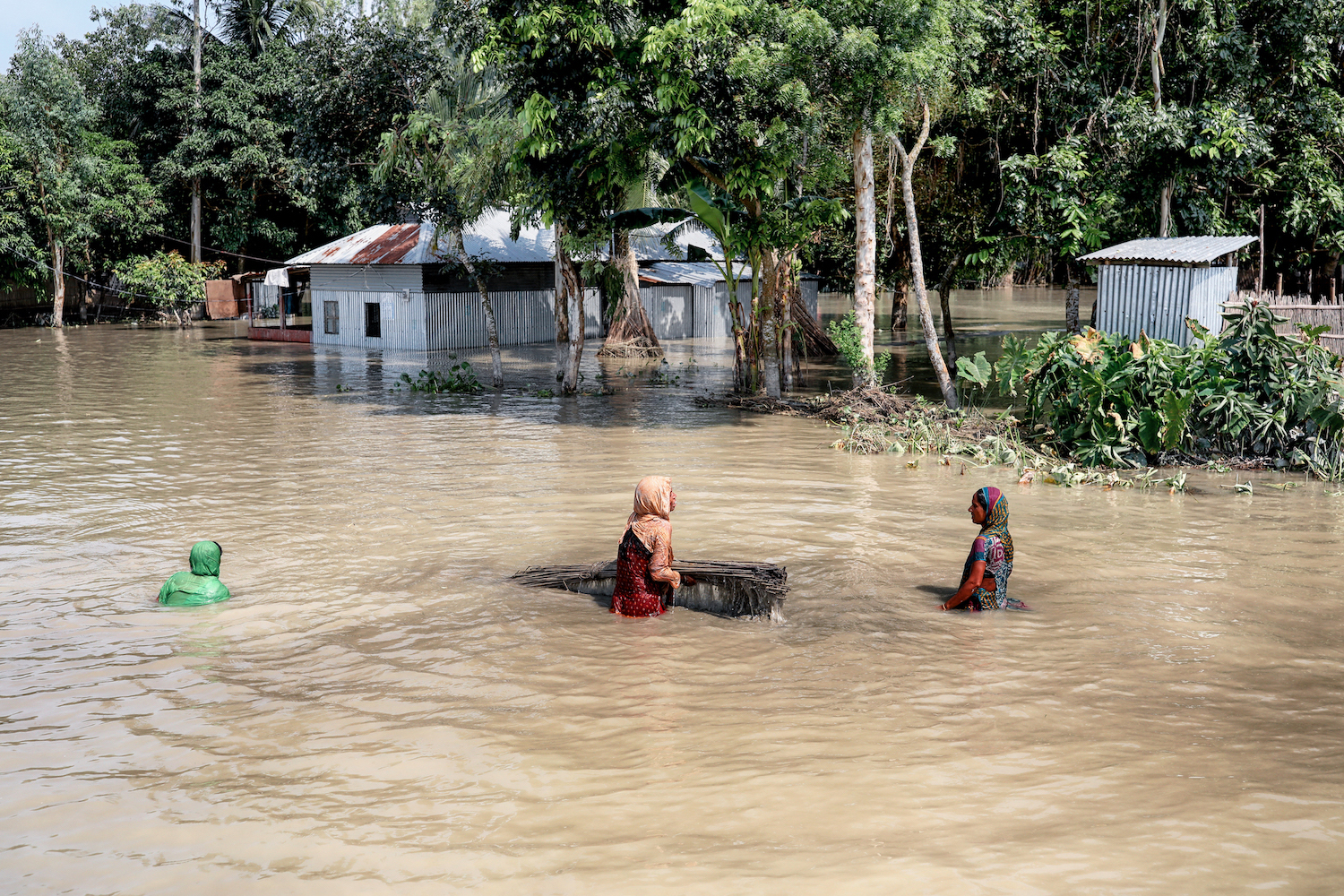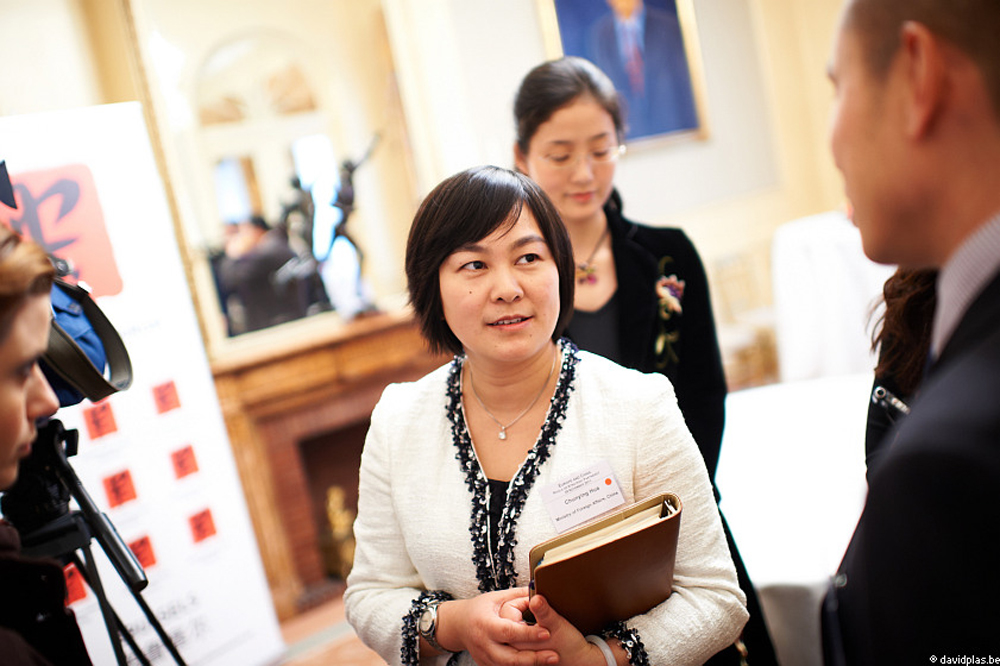The annual South Asian monsoon caused floods in approximately a quarter of Bangladesh this summer, causing millions to lose their homes and jobs in the midst of a global pandemic.
According to Al Jazeera, although the monsoon that falls from June–Sept. is important to Bangladesh’s economy, it also causes destruction in the country. “This is going to be the worst flood in a decade,” said Arifuzzaman Bhuiyan, the chief of Bangladesh’s Flood Forecasting and Warning Centre.
Flooding in Bangladesh has intensified in recent years—a trend scientists expect to continue due to climate change. Developing countries like Bangladesh bear the brunt of climate change and environmental degradation, which are caused disproportionately by rich countries such as the United States, as reported by The New York Times.
“People are losing whatever little they have,” said Farah Kabir, the Bangladesh country director for ActionAid International. “When is the global community going to take responsibility?”
Akkas Ali, a villager in Brahmaputra, said his farmland went underwater, along with the village’s mosque, market and school. Although Ali is used to devastating floods, this year is worse due to the coronavirus pandemic. Currently, Bangladesh has over a quarter of a million cases, according to Worldometers, and more than 3,000 deaths.
Taijul Islam, a sharecropper from the Kurigam district, said vegetables are unaffordable and fish and meat “are now unimaginable.” He lost many cattle, goats, chickens, ducks and even his house in the floods.
Reuters reported the pandemic caused obstacles for Bangladeshi workers abroad and at home as they lost their jobs due to cancelled clothing orders from European brands. Thousands of workers were laid off and sent home.
One of these workers was Mohammad Summon. “My wife and I lost our jobs because the factory said they weren’t getting orders due to the coronavirus,” he said. He had to move back to his village in Jamalpur, which flooded two months later.
According to Reuters, a new strategy to overcome these challenges includes forecast-based funding by the United Nations, which gives money to vulnerable communities before predicted disasters hit.
“The money that I got did help, but I have still been badly affected. My goats and chickens died because of the flood,” said Aklima Begum, a resident of North Bangladesh. She and thousands of other Bangladeshis received $50 from the U.N. before this year’s floods.
While the coronavirus is still spreading, forcing Bangladeshis to return to their villages, rural Bangladeshis also face a lack of access to medical care.
“The two most important things that are happening right now in South Asia are the loss of life and loss of property. While the monsoons, mudslides and flooding do kill people directly, other lives are being lost because the closest hospitals are often days of walking away from where the people live,” said Patrick Bancke, president and CEO of Nepal Medics. “It’s so critical that we have RFRs [Rural First Responders] trained and ready to act directly in these villages.”






